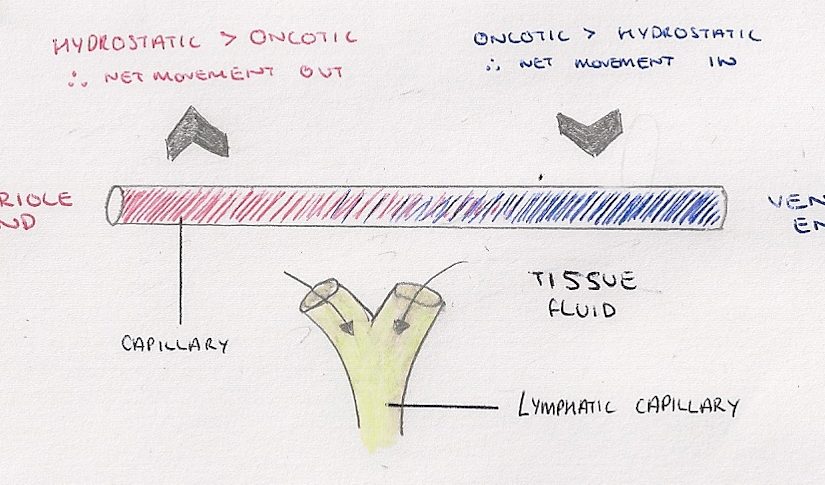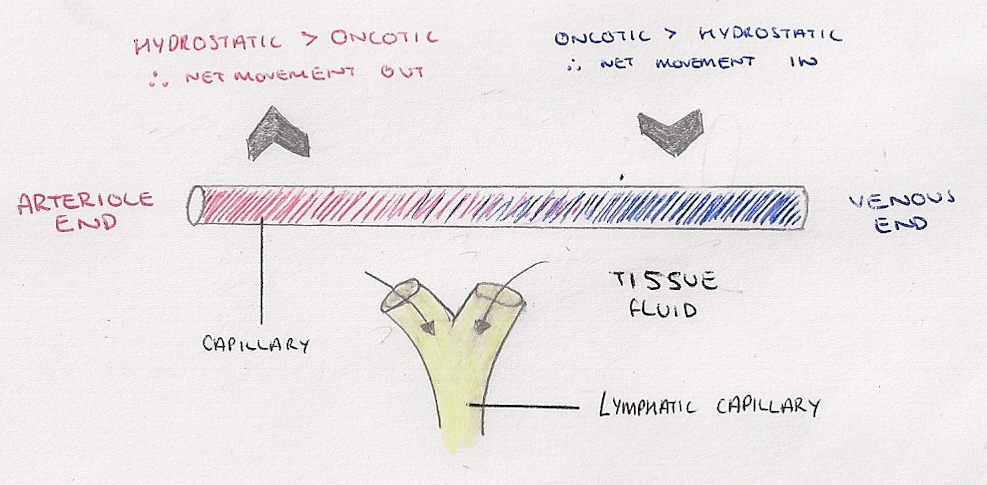Lymphatic System – Your lymphatic system, part of your immune system, has many functions. They include protecting your body from illness-causing invaders, maintaining body fluid levels, absorbing digestive tract fats and removing cellular waste. Blockages, diseases or infections can affect your lymphatic system’s function.
Components of the Lymphatic System – The lymphatic system consists of a fluid (lymph), vessels that transport the lymph, and organs that contain lymphoid tissue.
Lymph physiology – Lymph, pale fluid that bathes the tissues of an organism, maintaining fluid balance, and removes bacteria from tissues; it enters the blood system by way of lymphatic channels and ducts. Prominent among the constituents of lymph are lymphocytes and macrophages, the primary cells of the immune system with which the body defends itself from invasion by foreign microorganisms. Lymph is conveyed from the tissues to the venous bloodstream via the lymphatic vessels. On the way, it is filtered through the lymphatic organs (spleen and thymus) and lymph nodes.
Blood:
- Transport medium in the human circulatory system.
- 55% of the blood is plasma: a yellow liquid which contains…
- Glucose
- Amino Acids
- Mineral Ions
- Hormones
- Albumin (for maintaining oncotic pressure)
- Fibrinogen (for blood clotting)
- Globulins (for transport and immunity)
- The other 45% is:
- Erythrocytes (red blood cells)
- Platelets (cell fragments for blood clotting)
- Leucocytes (white blood cells)
- Functions of the blood include:
- Transport of oxygen and carbon dioxide, digested food, nitrogenous waste, hormones, platelets, cells and antibodies in the immune response.
- Maintains body temperature.
- Acts as a pH buffer.
Tissue Fluid:
- Tissue fluid has the same composition as blood, except it has no erythrocytes or large proteins.
- At the arteriole end the contents of plasma can leave capillary because hydrostatic pressure > oncotic pressure . They leave through fenestrations in capillary wall, except large plasma proteins (albumin, fibrinogen, globulins).
- When the plasma bathes the tissues, it is called tissue fluid.
- By removing the plasma, and leaving the proteins, the capillaries then have a low water potential, causing water to osmose into the capillaries.
- At the venous end 90-95% of tissue fluid re-enters capillaries because oncotic pressure > hydrostatic pressure.
Key Terms:
- Oncotic Pressure: tendency of water to move from tissue fluid to capillaries.
- Hydrostatic Pressure: pressure created by water in a closed system.
- Ultrafiltration: movement of blood plasma out of capillaries.
Lymph:
- 5-10% of tissue fluid drains into blind ended lymphatic capillaries.
- Lymph contains less oxygen and nutrients than tissue fluid, but more fatty acids which are absorbed from the small intestine.
- Like in veins, lymph is moved along lymph vessels by contraction of surrounding muscle. Lymph vessels, like veins, have one way valves to stop back-flow.
- Lymphocytes build up at lymph nodes along the lymph vessels, and produces antibodies.
- Lymph eventually re-enters blood.

